Pierre Paulin
“My favorite design is the one to come, either by me or by a future generation.” -
Pierre Paulin
Born: July 9, 1927, Paris, France
Died: June 13, 2009, Montpellier, France
Nationality: French
Education: Ecole Camondo
image via Paulin, Paulin, Paulin ®
Above: Promotional Image for Artifort showing several designed by Pierre Paulin. Photo: Paulin Archives
French designer Pierre Paulin has rose to prominence for his signature playful and organic forms that are paired with bright colors and dynamic patterns.
His works reside in the homes of collectors and connoisseurs alike. Celebrities such as Rihanna, Travis Scott and Kanye West have been linked to the French designers creations.
Below is a curated collection of various designs by Paulin, we hope you enjoy.
-
Born in Paris in 1927, Pierre Paulin’s father was a dentist and his mother of strict Swiss-German descent. Much of his childhood was spent in the working-class city of Laon in Northern France. The young boy spent much of his adolescence daydreaming about a different life, far far away. The only problem was that the only way to get out of his hometown was by entering the military of working in the railway factories.
Lucky for Pierre, he was able to register at the Camondo Decorative Arts School in Paris after the war ended- which became the first step to creating the life he had always dreamt of.
A key figure in Paulin’s life was his Uncle, Georges Paulin who is said to be a ‘whimsical dandy’ who sacrificed his successful career as a dental prosthetic technician and instead devoted himself to his true passion: Motorcar design. The ambitious uncle went on to invent the eclipse folding roof system and in the 1930s he began working with several big names including Bentley and Rolls Royce. Paulin greatly admired his uncles drive and creativity, it taught him to chase his dreams, after all, the most successful people didn’t follow the rules, instead they traveled off the beaten path.
Role model #2 was his great uncle, Freddy Balthazar Stoll who was a sculptor and a student of Rodin. Freddy’s work inspired and fired up young Pierre’s imagination for what he could create and accomplish.
While studying at the Camondo decorative arts school, Paulin found himself rejecting the traditional teachings. He felt there was a lack of ideas among the teachers which made his imagination and ambition grow even stronger. Paulin had the ability to visualize objects in three dimensions, his teacher, Maxime Old recognized this and suggested he join the workshop of Marcel Gascoin. Gascoin was one of the founders of the Union des Artistes Modernes (UAM). Paulin did just that and began immersing himself in Scandinavian aesthetics. From here he joined the Interior Decoration service of the Galeries Lafayette department store. The department director, Geneviève Pons played an instrumental role by introducing Paulin to American designers found within the pages of Interiors Magazine. Paulin greatly admired the clean lines in the work of Charles and Ray Eames, along with works of George Nelson. Franco Albini and Harry Bertoia.
By the early 50s Paulin was eager to begin producing his own furniture but was having a hard time finding a manufacturer. This didn’t stop him and instead he received an investment from his father to being producing his own pieces which he would show at the Salon des Arts Ménagers. His designs quickly gained massive attention, allowing him to begin developing desks and chairs for Thonet-France and most notable his very first single-shell chair.
Some years later in the late 1950s, Pierre Paulin was recruited by Kho Liang Ie the Creative director of Dutch design firm, Artifort. This collaboration would become one of the most important as it allowed him to continue his research into form, function and technique. Beyond this, they trusted Paulin and his intuition. Many new materials were being introduced which meant new techniques, processes and experimentation. This relationship flourished and would continue up until 1975. Fun fact, the majority of Paulin’s iconic models that he designed during this time have been in constant production ever since.
Paulin continued to challenge himself during this time. He found that working as an interior designer gave him a broader grasp on furniture design beyond what he had previously knew. It allowed him to envision a space in its own sculptural dimension. He began projects with brands like Dior, the ORTF and Bertrand Faure, a car parts manufacturer.
It was In 1967 that he met Jean Coural, who was the administrator of Mobilier National- a French Institution devoted to state furniture production. This would be another lucrative relationship that would have a major hand in paulins work. After getting to know one another, Coural passed the idea to him of designing the furniture for the Louvre museum. Courve would also introduce him to President Pompidou and his wife, who were looking to redesign their apartments at the Elysées Palace, a huge opportunity that became a large success and resulted in some of Paulin’s finest creations.
This was the beginning of his regular collaboration with Mobilier National, who, like Artifort, enabled him to continue tapping into his own genius surrounding modern techniques and materials. This collaboration is notable and remains unique to this day, since Pierre Paulin is the only designer to have worked with the Mobilier National for such a lengthy period of time (1968–2008).
In 1975, Paulin launched a new venture, ‘ADSA’, a design agency with Maia Paulin and Marc Lebailly. The trio worked together advising the design industry on creative direction, brand image, product design and more. Some of their most important collaborations involving, a new outfitting of Versailles Rive-Gauche train station; the Hall Méditerannée at the Gare de Lyon; garden furniture for Alibert and Stamp; the colours and graphic design for the signage at Paris-Nord exhibition park; and the Trocadéro range for Jacob Delafon bathroom appliances.
What came next had everyone by surprise. Paulin launched a new limited edition furniture collection in the early-1980s. These works all being limited editions that “revived notions of classicism and savoir-faire, in materials and design alike”. Paulin was not only extremely creative and talented but he was strongly Intuitive, foreseeing the emergence of a collector’s market for design.
Beginning in the 1990s, Pierre and Maia chose the Cévennes region as the setting for Paulin’s creativity. He approached the mineral landscape as an architect and designer in one. First, he began designing and organising the garden, as if it were an interior. He took notice of Every rock and tree, just like he would with pieces of furniture. then he focused on the house. Paulin struck a find cord between modernity and Cévennes traditions.
He transformed the landscape into a “natural retreat” where he would observe the world from a distance in full serenity. Paulin continued to take part in conferences in the late 1990s, even working on a number of commissions and re-editions of his pieces for Mobilier National. In 2008 he expressed One of his greatest desires, to self-produce designs that had never been manufactured before, thus establishing Paulin. Paulin, Paulin ®.
Pierre Paulin passed away peacefully on June 13, 2009. The designer was fulfilled knowing he had finally gained recognition in France for his work.
Now, over a decade since his passing, his designs have never been more popular and highly-sought after. Like he predicted, the collectors market has emerged and his works are at the top of the list. Even if you can’t afford his works, you sure can drool over them.
works In Historical Order
Model F780 'Concorde' Lounge Chair by Pierre Paulin for Artifort, 1960
Model F564 ‘Nest’ sofa by Pierre Paulin, 1962
Model F565 ‘Nest’ Armchair by Pierre Paulin, 1962
Model F675 ‘Butterfly’ chair by Pierre Paulin for Artifort, 1963
F444 Lounge Chair by Pierre Paulin for Artifort, Holland 1963
Model F303 Lounge Chair by Pierre Paulin for Artifort, 1965
Pierre Paulin ‘Spider’ chair, 1965
Pierre Paulin ‘Spider’ table, 1966
Model 582 ‘Ribbon’ Ottoman by Pierre Paulin for Artifort, 1967
Model F596 chair by Pierre Paulin, 1967
Model 577 'Tongue Chair' by Pierre Paulin, 1967
‘DÉCLIVE N3’ Recliner by Pierre Paulin, 1968
‘DÉCLIVE N5’ Recliner by Pierre Paulin, 1968
‘Miami’ table by Pierre Paulin, 1968
‘Bourne’ bench by Pierre Paulin, 1968
Pair of 'Multimo' Lounge Chairs by Pierre Paulin, 1969
‘Multimo’ chair by Pierre Paulin, 1969
Rare 'Multimo' sofa, model 282 by Pierre Paulin for Artifort, 1969
‘Multimo Sofa’ by Pierre Paulin, 1969
Model F286 'Multimo' sofa by Pierre Paulin for Artifort, 1969
'Elysee' floor lamp by Pierre Paulin, 1969
SOURCE: Paulin, Paulin, Paulin ®
‘Origami’ by Pierre Paulin, 1970
Élysée Bookcase by Pierre Paulin, 1971
Alpha/ Élysee sofa by Pierre Paulin, 1971
SOURCE: Paulin, Paulin, Paulin ®
Alpha/ Élysee club chair by Pierre Paulin, 1971
SOURCE: Paulin, Paulin, Paulin ®
'Club C' Chair by Pierre Paulin, 1971
‘Pumpkin’ Sofa by Pierre Paulin for Ligne Roset, 1971
‘Pumpkin’ Sofa by Pierre Paulin for Alpha, France, 1971
Magis Élysee Shelving System by Pierre Paulin, 1973
‘Élysée’ chairs by Pierre Paulin, 1973
Organic Model 8810 Chairs by Pierre Paulin, 1973
Model F500 chair by Pierre Paulin, 1975
‘Ben’ Chair by Pierre Paulin for Artifort, 1991
PLEASE NOTE* WE HAVE NOT INCLUDED EVERY WORK OF PIERRE PAULIN’S, WE URGE OUR READERS TO DO THEIR OWN INDEPENDENT RESEARCH INTO ALL OF HIS DESIGNS.
SHOP AVAILABLE INVENTORY BY PIERRE PAULIN
DISCLAIMER: THE MILLIE VINTAGE DOES NOT OWN ANY RIGHTS TO THESE PHOTOS. PLEASE NOTE THAT ALL IMAGES AND COPYRIGHT BELONGS TO THE ORIGINAL OWNERS. NO COPYRIGHT INFRINGEMENT INTENDED.







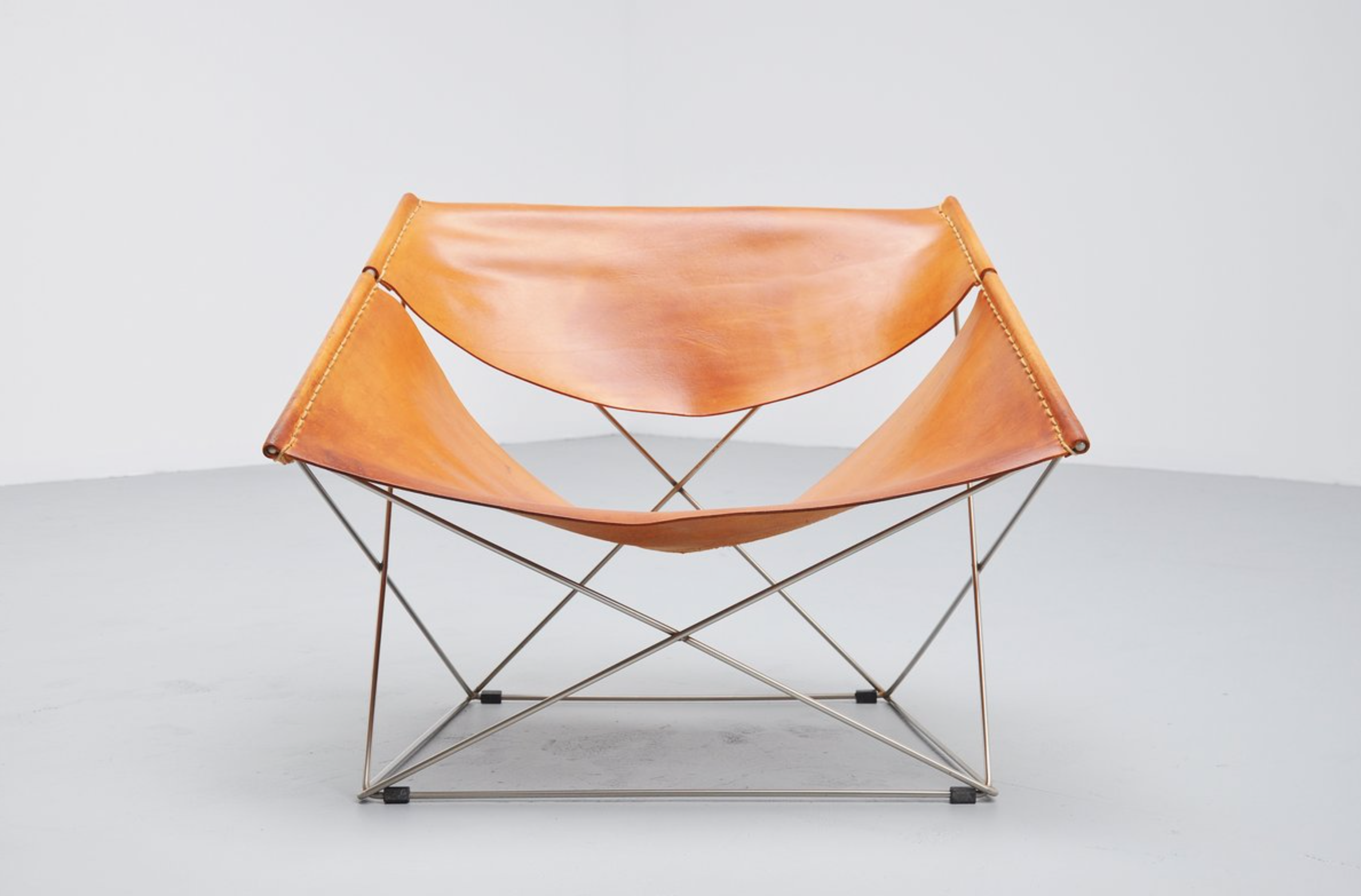
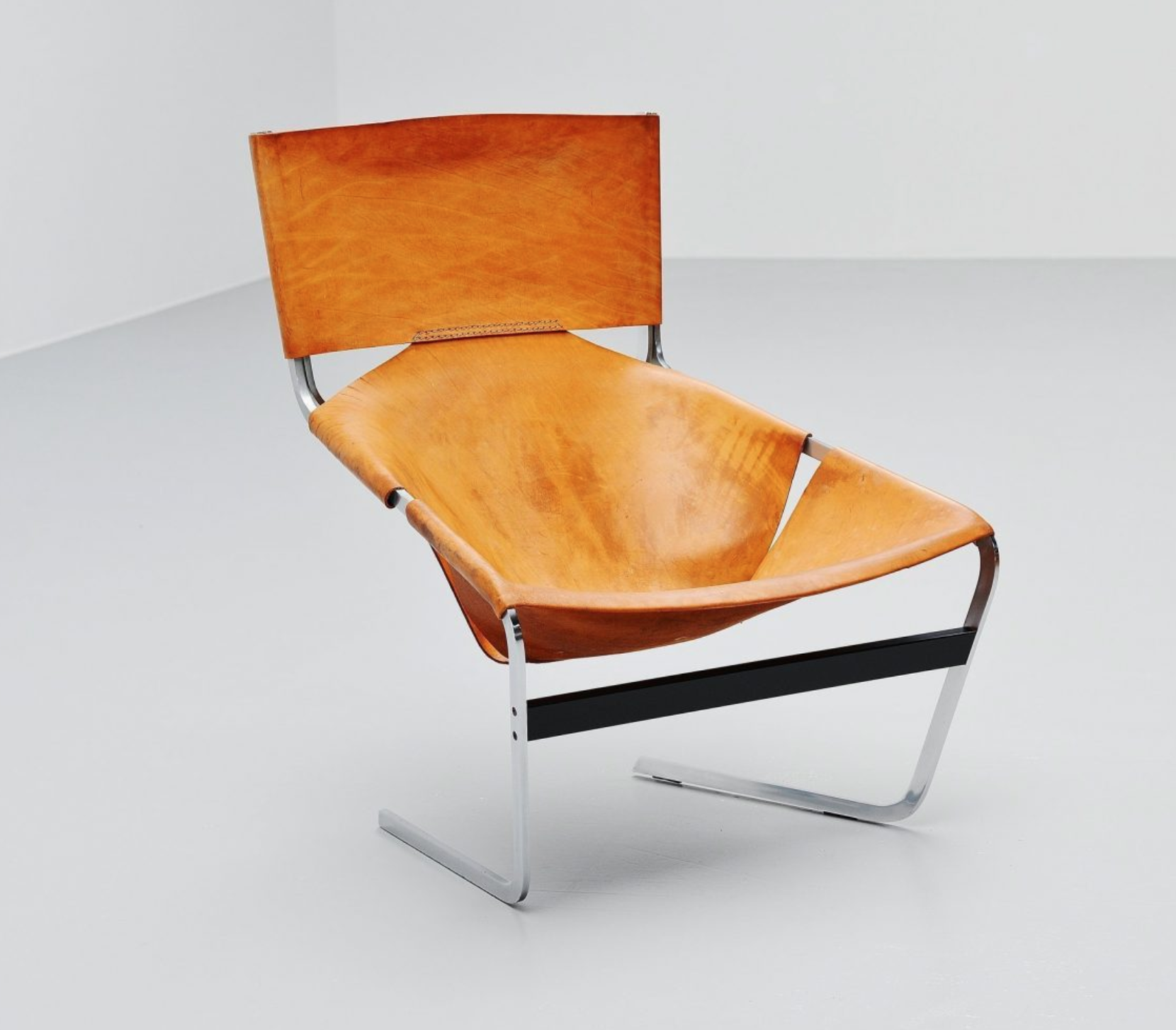
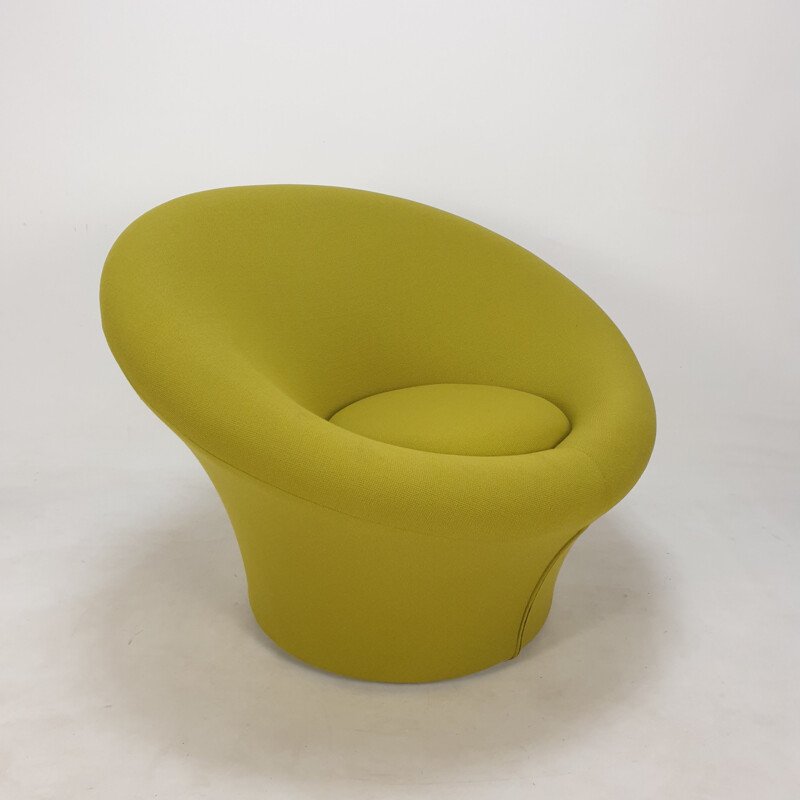


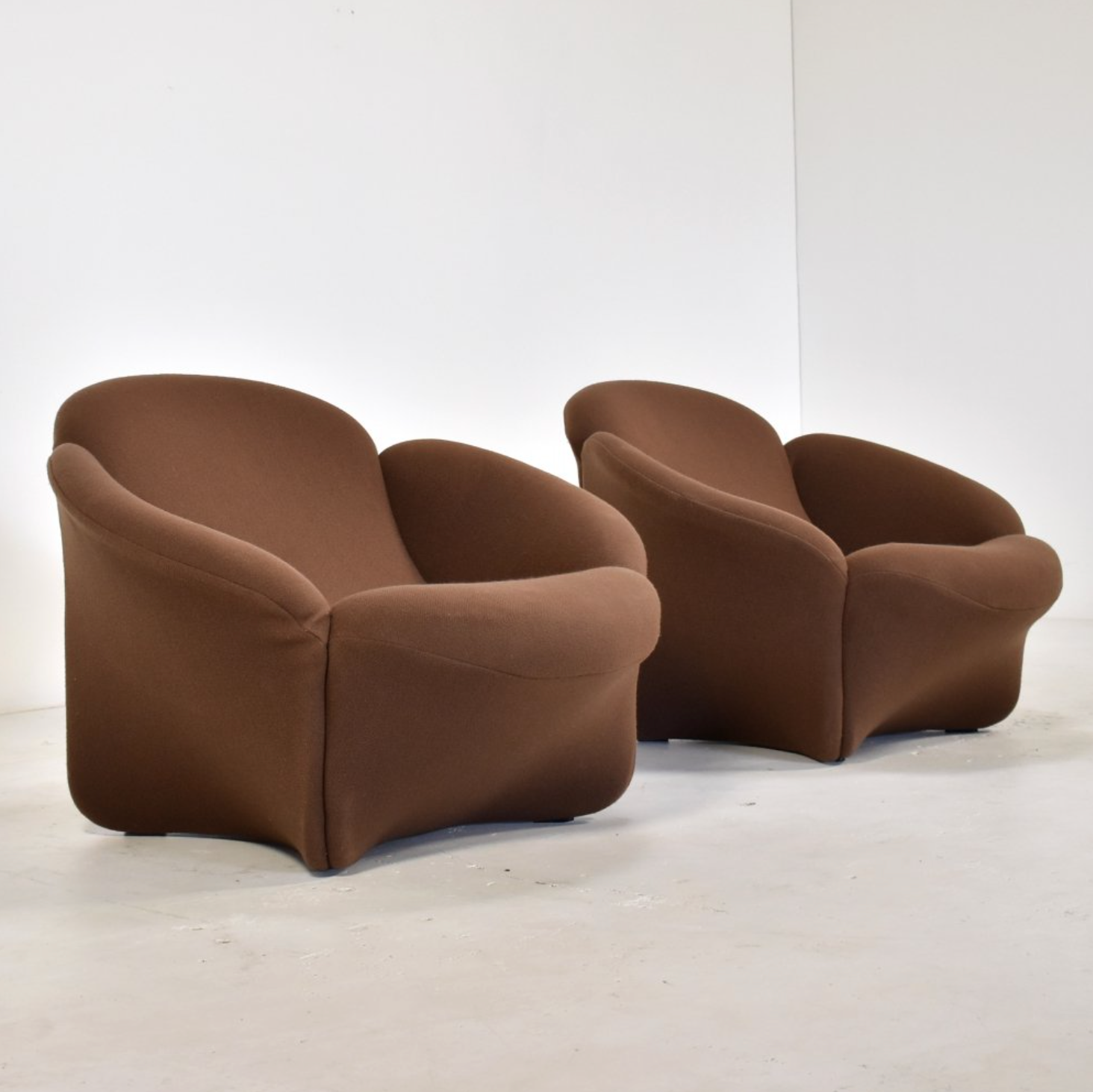




















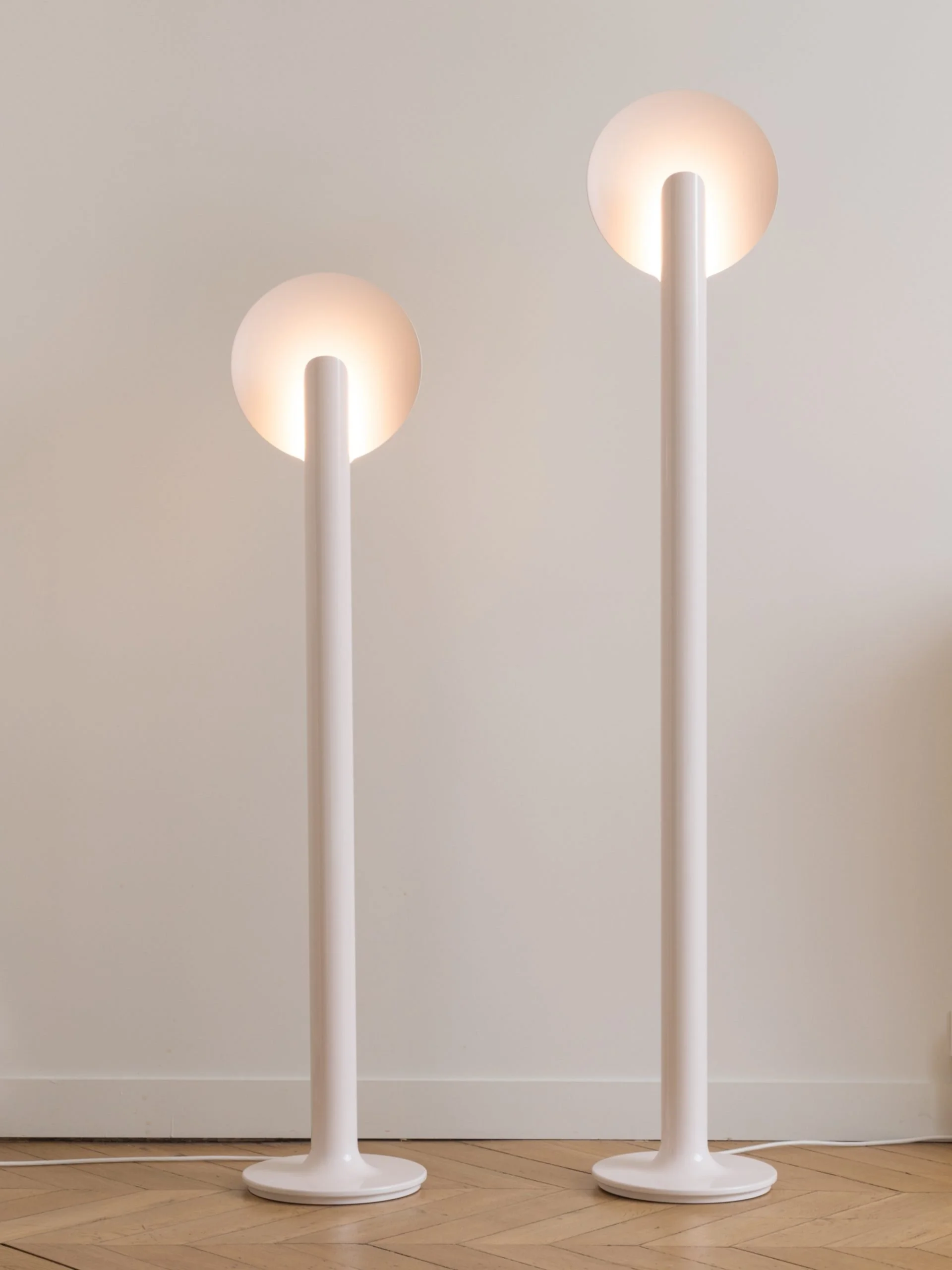

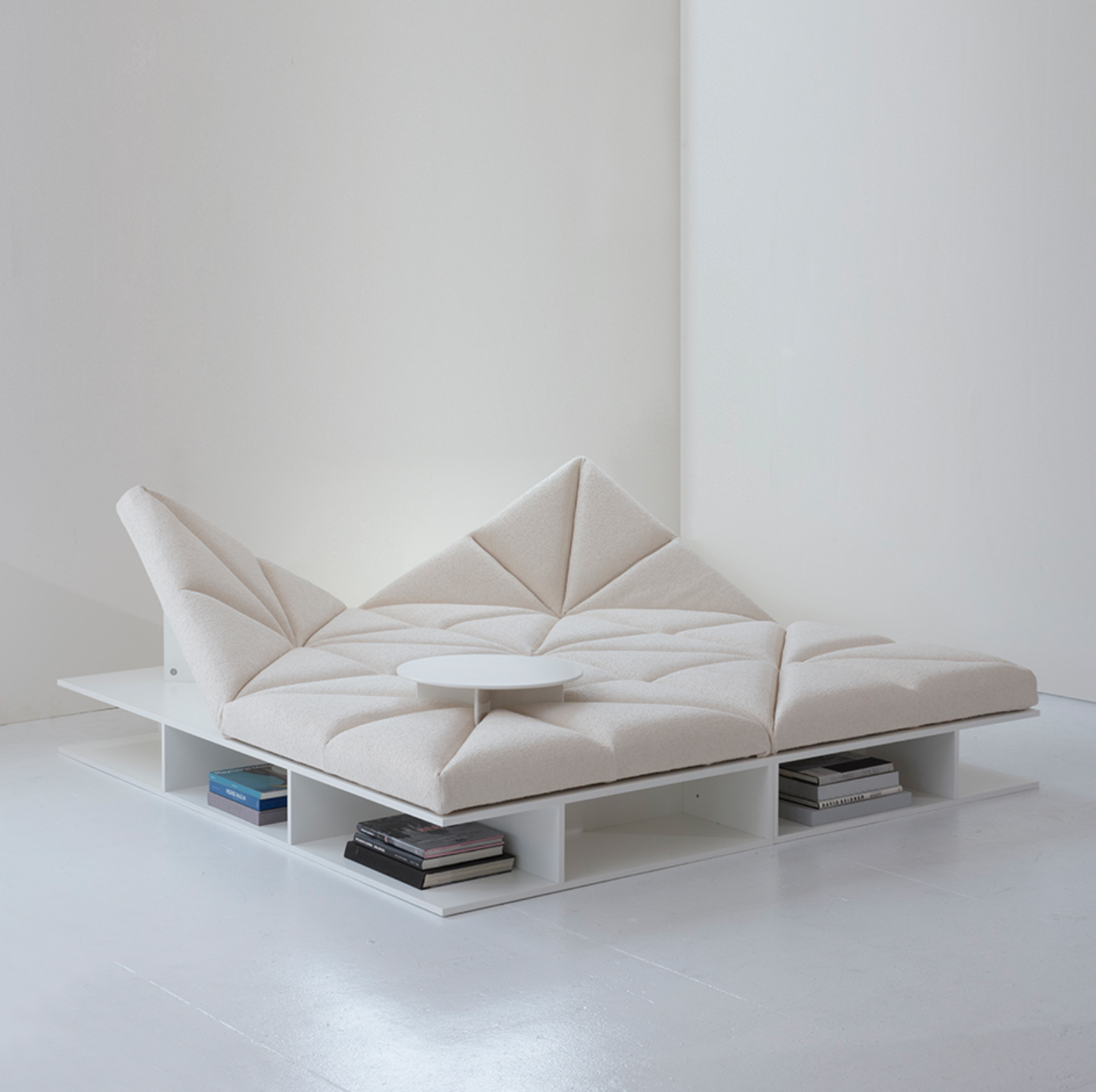




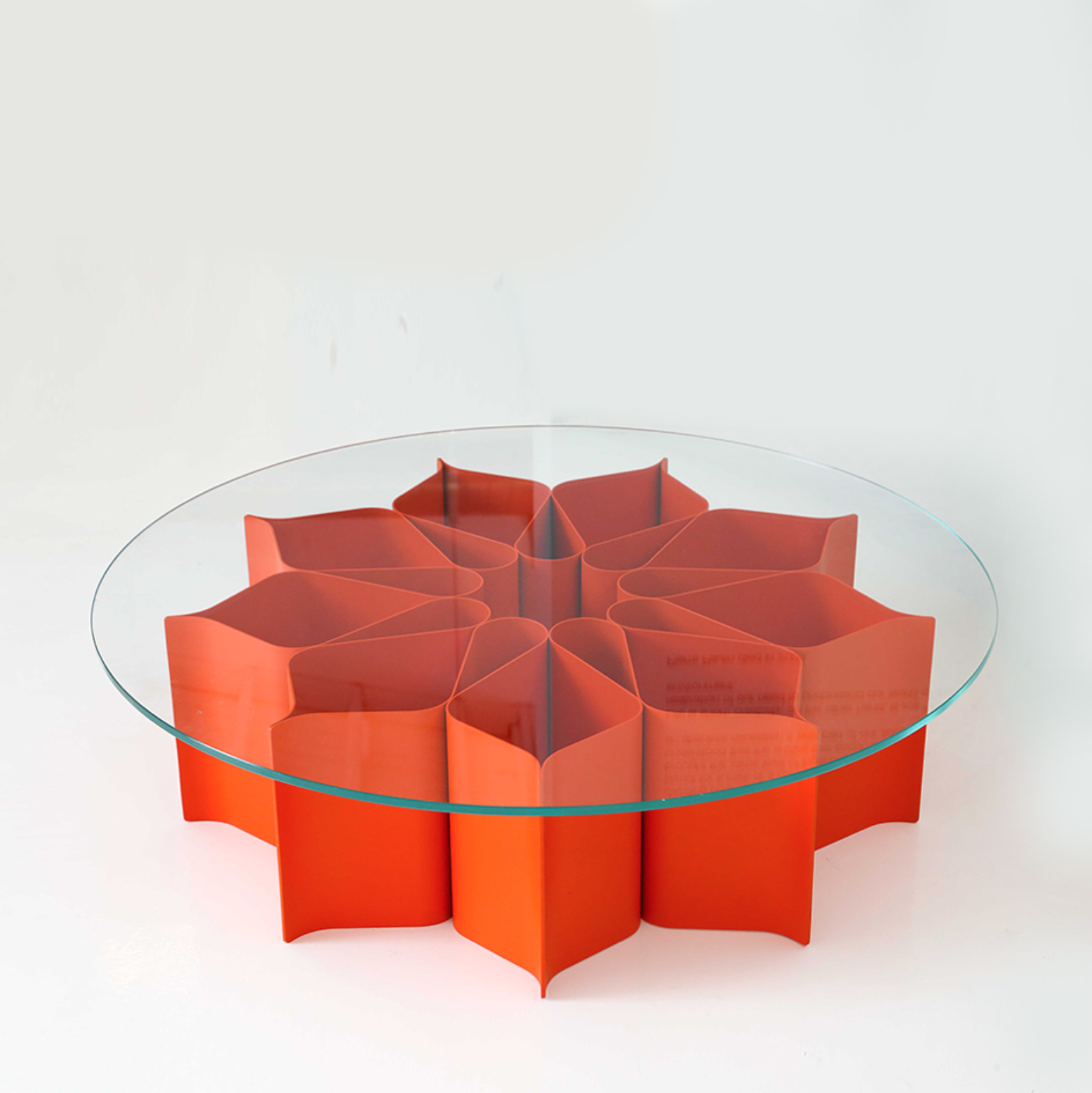



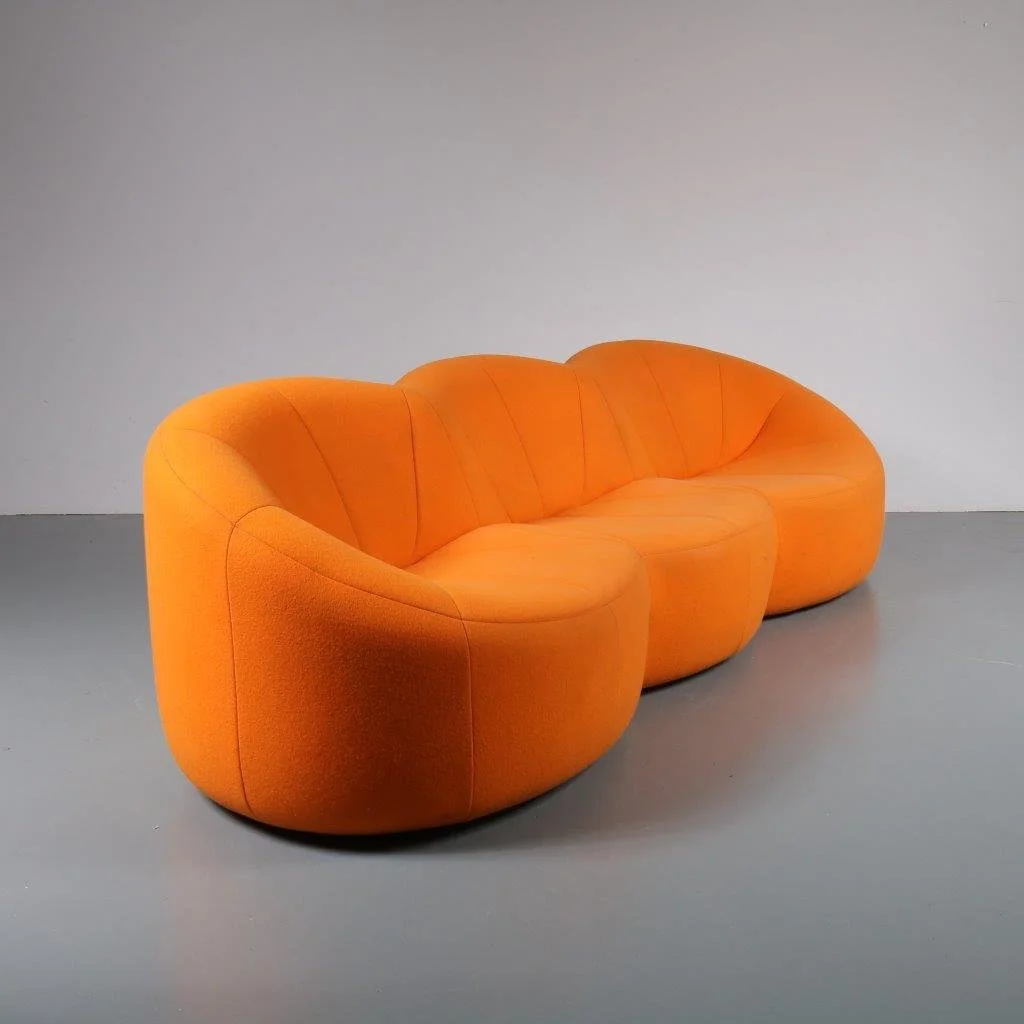



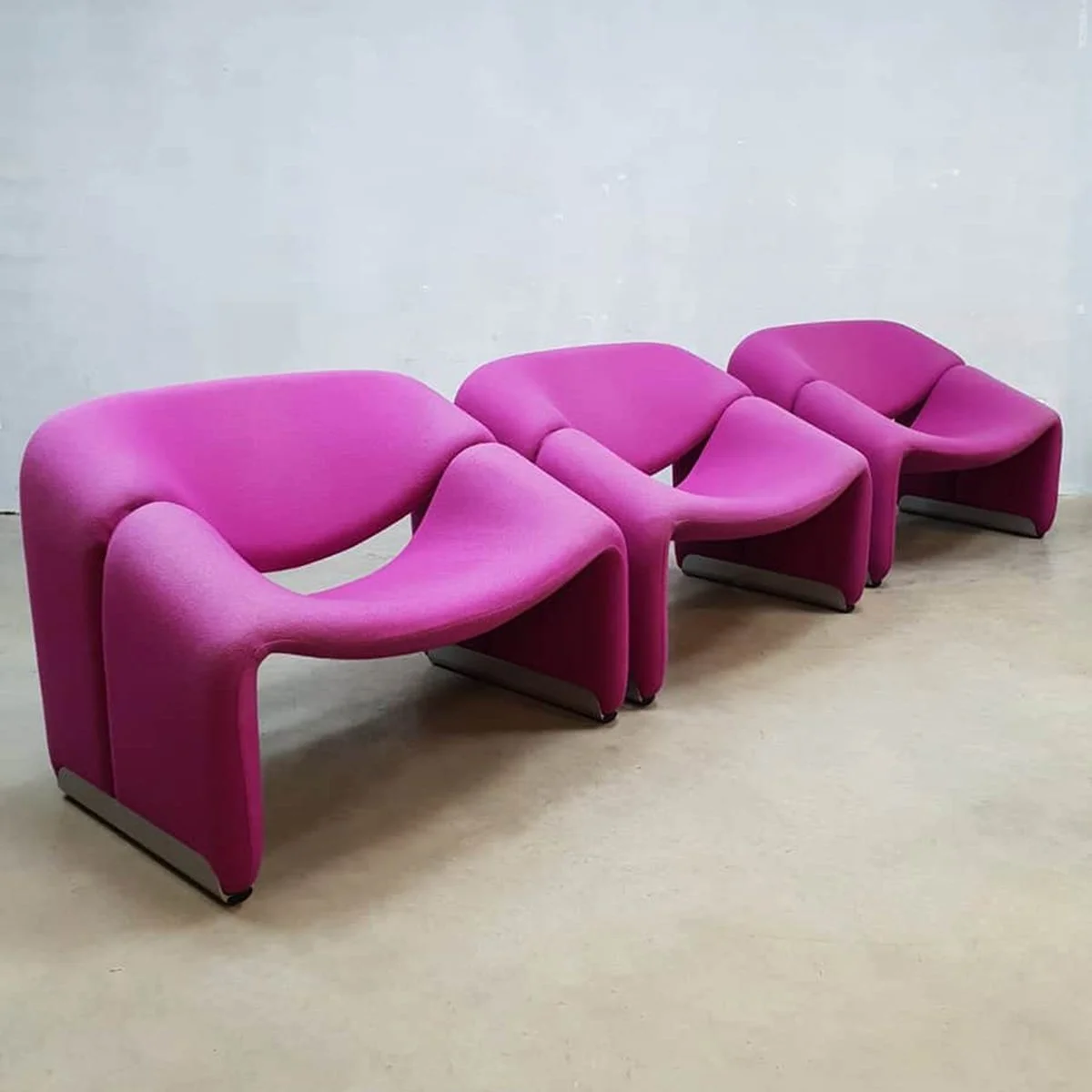
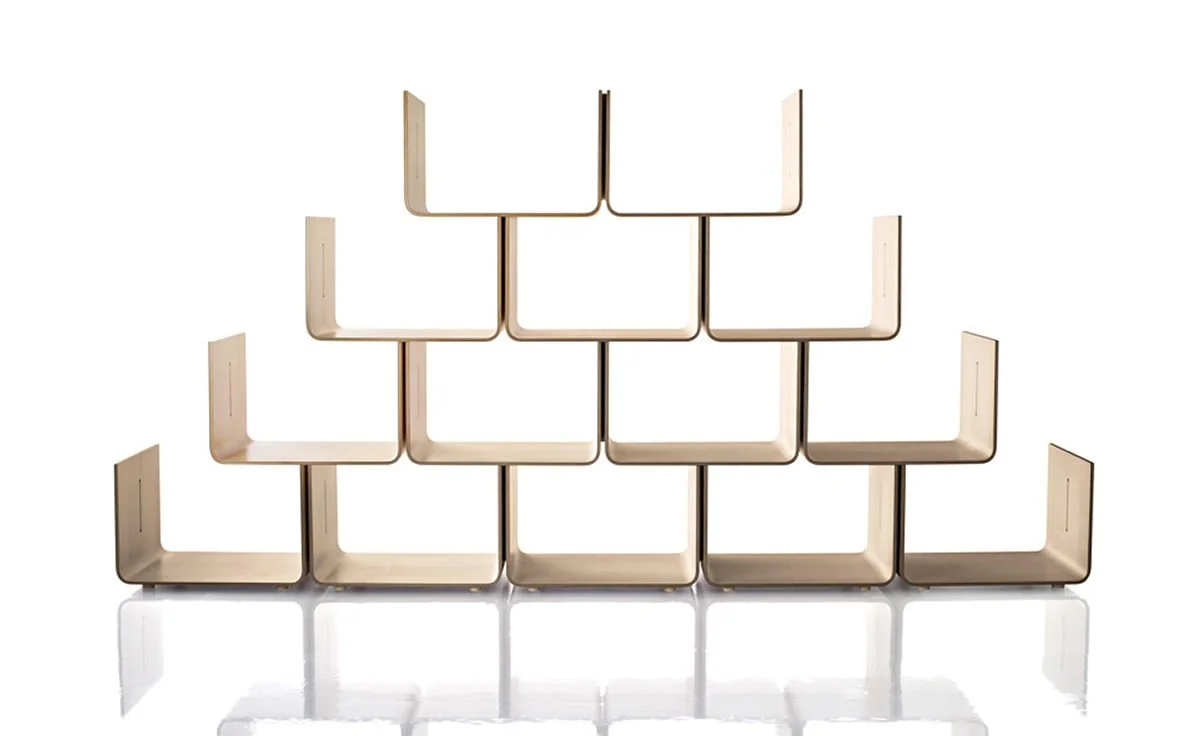















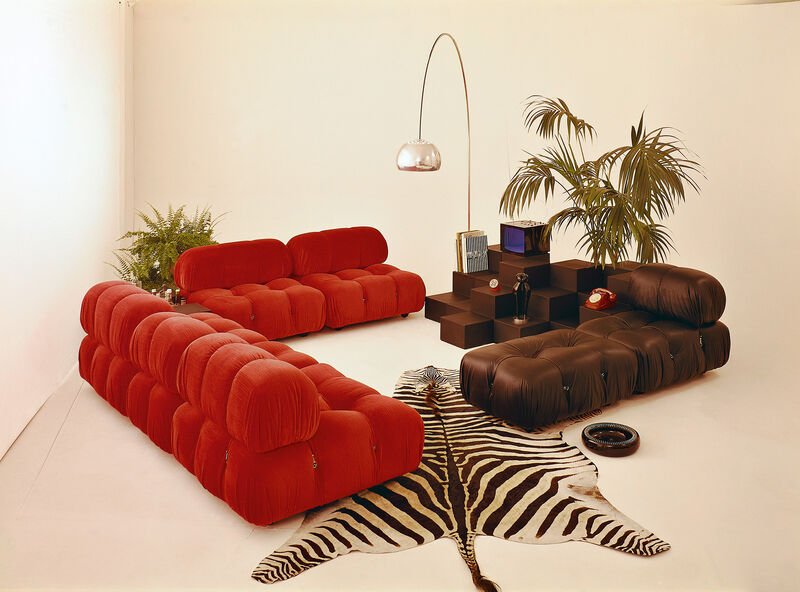

































It’s no surprise that celebrities have the ability to acquire some of the most rare and incredible pieces of design. We are thrilled to see faces we look up to, enjoying vintage design as much as we do.